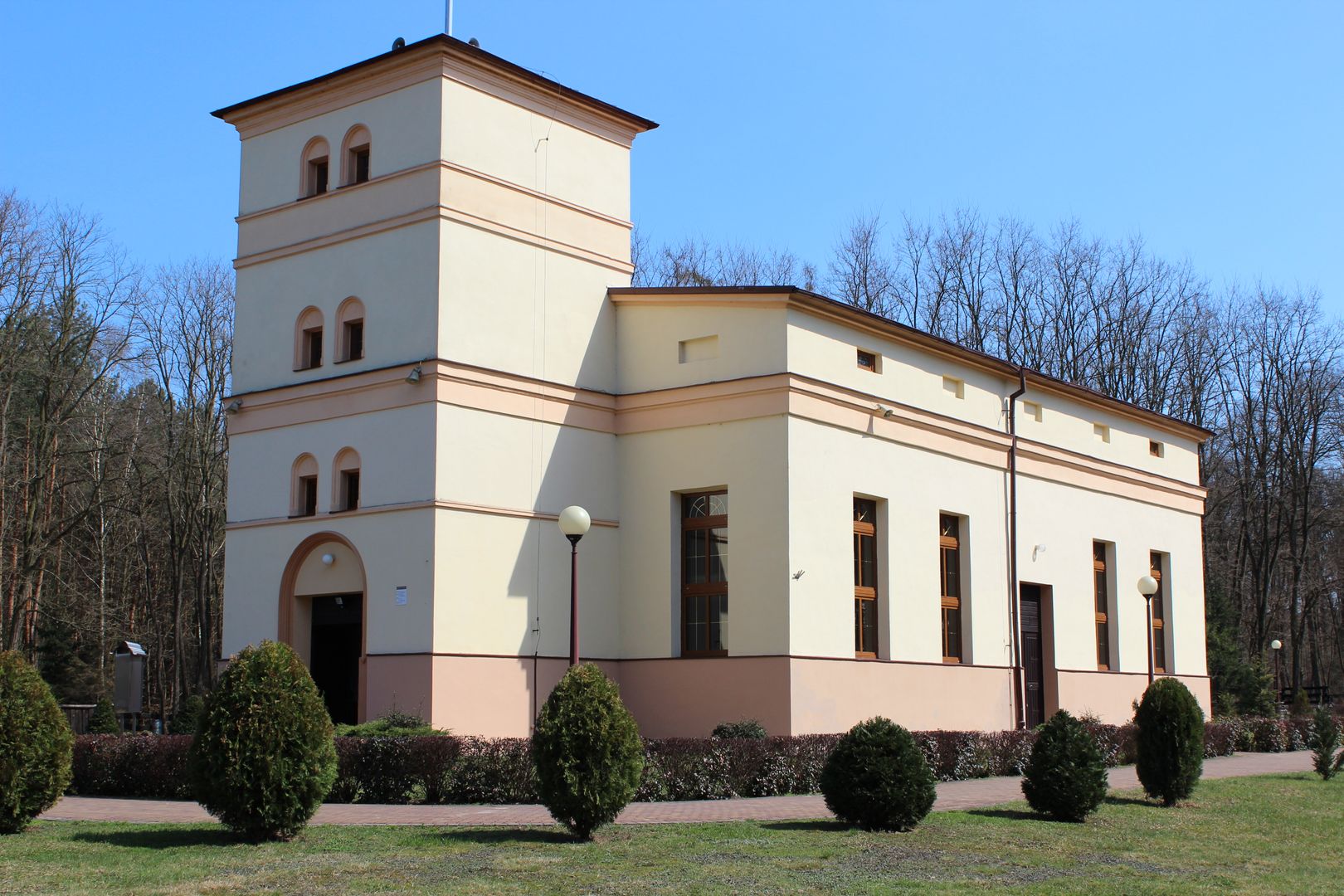Milicz
6.88

Overview
Milicz, a town in Poland located in the Lower Silesian Voivodeship, has played a significant historical role since its establishment in the 9th century. The name of the town derives from the personal name Milik, and its first historical mentions appear in a papal bull from 1136 and subsequent documents from the 13th century. The town once served as the seat of a castellany, and its strategic location on a trade route attracted the attention of both ducal and ecclesiastical authorities. Milicz changed hands multiple times, with owners including bishops and princes, and by the 14th century, it had become an important point on the map of Lower Silesia. The main historical landmarks of the town include the Neo-Renaissance Church of St. Michael the Archangel, the Church of St. Anne, the ruins of the castle of the Dukes of Oleśnica, and an 18th-century palace complex with an English-style park. Milicz is also known for its rich cultural heritage, which is reflected in numerous traditions, including events such as the Carp Festival. The town is situated in a picturesque area, which supports the development of tourism, particularly due to the "Barycz Valley" Landscape Park and its fishponds, which form the largest complex of their kind in Europe. Milicz boasts a well-developed transport infrastructure, including free public transportation, enhancing the accessibility of its attractions for both residents and tourists. Over the centuries, the town has undergone numerous transformations, and today it is known for its diverse recreational opportunities, including cycling trails and kayaking on the Barycz River. Modern Milicz is a place where history intertwines with culture and nature, offering residents and visitors a rich array of architectural, social, and entertainment attractions.
Location
2025 Wizytor | All Rights Reserved